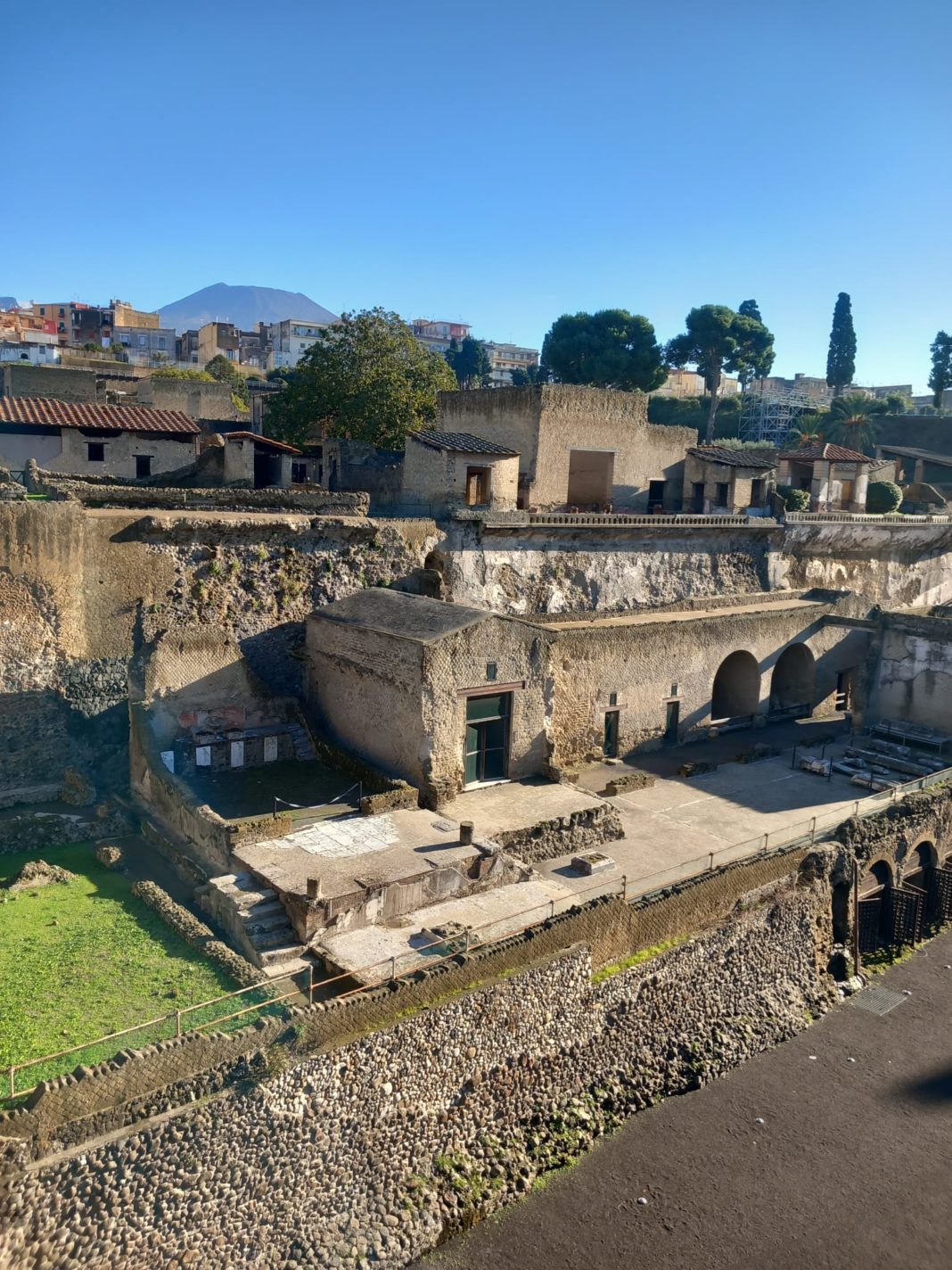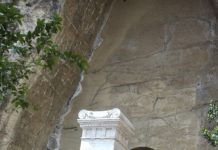“Il Santuario di Venere ad Ercolano ed il fronte mare dell’antica città“. Questo il titolo della conferenza di Mario Notomista che si svolgerà all’Auditorium del parco archeologico di Pompei, venerdì 19 gennaio alle 17, primo dei due appuntamenti promossi dall’associazione internazionale degli amici di Pompei ETS.
«Proverò – spiega l’archeologo– a fare il punto sulla storia archeologica di questa area costruita sul fronte mare di Ercolano antica, legata al culto di Venere, traendo riflessioni dal confronto con altri santuari siti sul mare e con le altre forme di culto della divinità attestate nel Mediterraneo. L’obiettivo è delineare la funzione specifica di questo santuario a Ercolano (foto), sia rispetto altri edifici di culto dell’epoca, sia nel contesto della vita pubblica dell’antica città. Un modo per restituire un tassello importante per comprendere la vita dei cittadini dell’epoca».
Venerdì 26 gennaio (alle 17) presentazione dell’opera in tre volumi di Laurentino Garcia y Garcia “Nova Bibliotheca Pompeiana, Herculanensis, Stabiana Oplontinaque. Bibliografia analitica e repertorio enciclopedico sulle città vesuviane“. Insieme all’autore interverranno l’archeologa Grete Stefani e il professore Antonio Varone.
Appointments with archaeology/Herculaneum and the cult of Venus: a lecture by Mario Notomista to explore the public life of the ancient city
“The Sanctuary of Venus in Herculaneum and the seafront of the ancient city”. This is the title of the lecture by Mario Notomista that will take place on Friday, January 19 at 5 p.m. in the Auditorium of the Pompeii Archaeological Park, the first of two events promoted by associazione internazionale degli amici di Pompei ETS.
“I will try,” explains the archaeologist, “to take a look at the archaeological history of this area, built on the seafront of ancient Herculaneum and linked to the cult of Venus, drawing reflections from a comparison with other sanctuaries located by the sea and with other forms of worship of the deity attested in the Mediterranean. The aim is to define the specific function of this sanctuary (photo) in Herculaneum, both in comparison with other cult buildings of the period and in the context of the public life of the ancient city. This is a way of recovering an important piece for understanding the life of the citizens of that time”.
On Friday, January 26 (at 5 p.m.), presentation of Laurentino Garcia y Garcia’s three-volume work “Nova Bibliotheca Pompeiana, Herculanensis, Stabiana Oplontinaque. Analytical Bibliography and Encyclopedic Index of the Vesuvian Cities”. The author will be joined by archaeologist Grete Stefani and Professor Antonio Varone.










